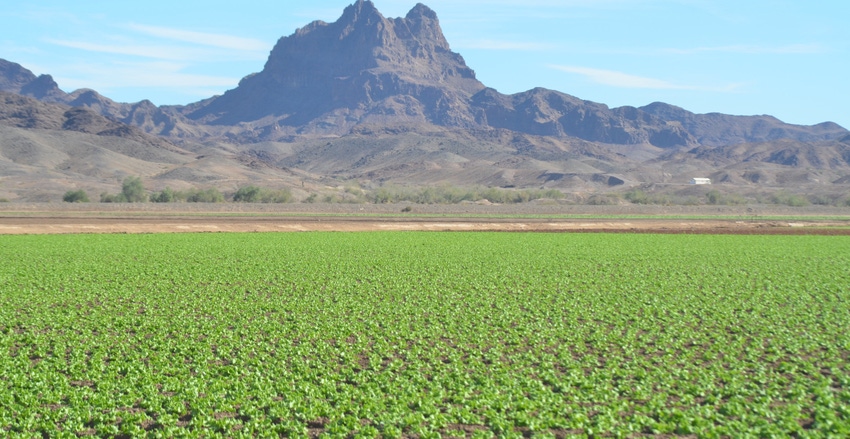
Right up front, the U.S. Food and Drug Administration reports: “We have an unwavering commitment to advancing the safety of fresh leafy greens…a produce commodity implicated too often in outbreaks of foodborne illness. We believe that the FDA, along with its leafy greens sector stakeholders, can do more.”
Because most leafy greens are grown outdoors, they are exposed to a variety of possible pathogen contamination sources. And because these greens are mostly consumed raw, without processing steps to eliminate microbial hazards, the Produce Safety Rule sets science-based standards to help ensure water, soil amendments, worker hygiene, animal contact, and the like do not contribute to contamination.
So it was of great interest that on March 5 when the FDA released its 2020 Leafy Greens STEC [Shiga toxin-producing E.coli] Action Plan indicating that the feds had in mind to mitigate outbreaks similar to the more than 40 major incidents over the last decade.
While some voices have yet to be heard from, some parts of the industry have reported in with a resounding --- 'meh'.
Despite the Food and Drug Administration’s announced intent to act: "One foodborne illness outbreak is one too many and the FDA is committed to doing more", Food Safety News called the response, "a well-worn list of produce safety agenda items," and Consumer Reports noted, "The plan has promise, but not enough details, and it falls short in important ways."
Were they too cynical? Some of the field soldiers in that battle were a bit more reserved in their response.
A PATHWAY FORWARD
Both California and Arizona manage a Leafy Greens Action Plan and the CA Leafy Greens Marketing Association said simply: "The leafy greens farming community welcomes any action that helps prevent future foodborne illness outbreaks associated with our products. The FDA plan lays out a pathway forward."
California implemented a leafy greens marketing agreement following a spinach outbreak in 2006 to impose measurable metrics and testing procedures that were incorporated into the FDA’s Produce Safety Rule as part of its Food Safety Modernization Act.
And what California and Arizona do in tandem resonates throughout the industry because when their LGMA’s make changes to their requirements, they are implemented on thousands of farms that produce over 90% of the leafy greens grown in the U.S. “No other food safety program in the world has this capability,” reports the California LGMA web page.
In a statement released in response to the new FDA plan, the leafy greens farming communities in Arizona and California reported: “We welcome any action that helps prevent future foodborne illness outbreaks associated with our products and value the support of FDA as detailed in the Leafy Greens Action Plan that lays out a pathway forward built on collaboration and cooperation among the grower community.
“Ultimately, LGMA is the entity charged with establishing and adapting good safety standards used in production of leafy greens and we want those standards to be as strong as possible. Input provided by FDA through product testing data or information gathered through outbreak investigations is useful as we work to improve our systems.”
So even if the plan reception has not been overwhelming, it does overlap with the FDA’s announced intention to collaborate with public and private sectors and other regulatory partners to advance the cause in the areas of prevention, response, and addressing some of the gaps in knowledge.
MORE URGENT APPROACH
According to FDA officials: “This plan is designed to help foster a more urgent, collaborative, action-oriented approach.”
“Our prevention-focused plans include education and technical assistance to the industry with emphasis on potential impact of adjacent land use along with continued emphasis on the importance of agricultural water quality.
“We must act to help prevent and respond to STEC outbreaks with knowledge of how environmental pathogens, including STEC, can contaminate produce.”
In the response part of the plan, FDA proposes to publish the investigation report on three E. coli infections tied to leafy greens and romaine lettuce in the fall of 2019 from product tied to the Salinas Valley. FDA will also be conducting follow-up surveillance of fields in that region during this fall’s growing and harvest season.
FDA intends to hold a webinar in coming weeks to further discuss the action plan with interested stakeholders. Registration information is available on www.fda.gov.
About the Author(s)
You May Also Like




